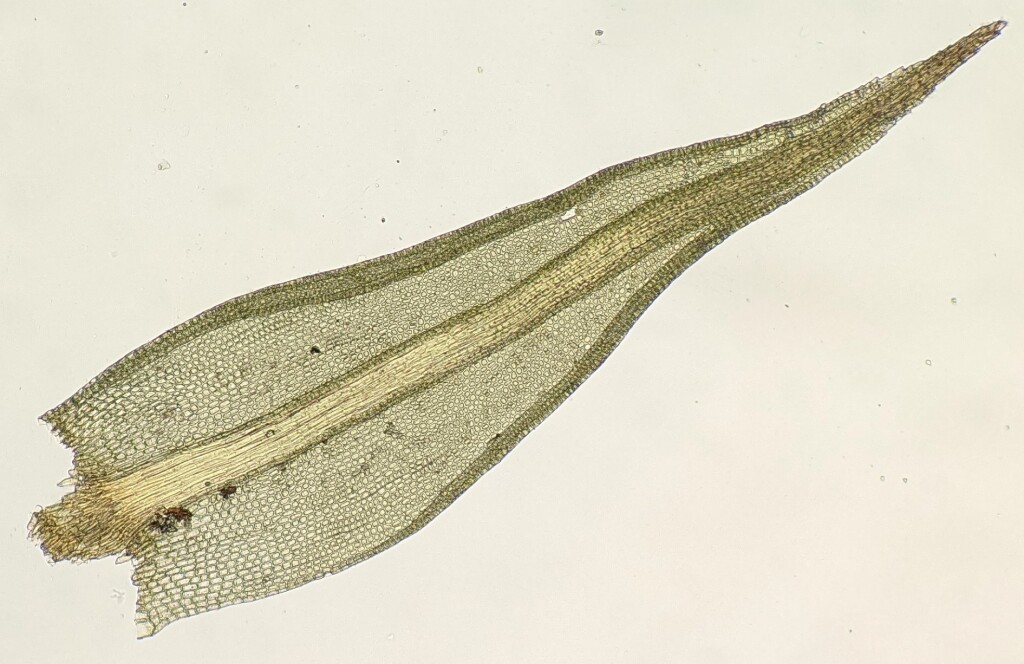Ceratodon
Dioicous. Asexual reproduction by filamentous propagules scattered along stems or occasionally by rhizoidal tubers. Loose or dense tufts, turves or mats on soil, logs, or rocks. Stems often branched, with rhizoids at base; central strand present. Leaves broadly ovate to lanceolate or sometimes triangular to elliptic (not in Victoria), erect- to wide-spreading when moist, imbricate, appressed and straight or somewhat contorted when dry, not decurrent; apex acuminate, acute or obtuse, sometimes with a short awn; costa subpercurrent (not in Victoria), percurrent or excurrent; margin entire or irregularly denticulate near apex, recurved to revolute or occasionally plane, without a border; laminal cells elliptic or quadrate to short-rectangular, smooth, unistratose; alar cells not differentiated. Capsule erect to horizontal, symmetric or curved, ovoid, ellipsoid, obloid or cylindric, smooth (not in Victoria) or sulcate when dry, usually strumose, with a revoluble and caducous annulus. Calyptra cucullate, smooth, glabrous. Operculum straight, high-conic. Peristome of 16 teeth divided nearly to base into two terete filaments.
Cosmopolitan with three species (McIntosh 2007); one cosmopolitan species in Victoria.
 Spinning
SpinningMcIntosh, T.T (2007). Ceratodon in in Flora of North America Editorial Committee (eds), Flora of North America, vol. 27: Bryophyta, part 1, pp. 445–448 . Oxford University Press, Oxford and New York.


